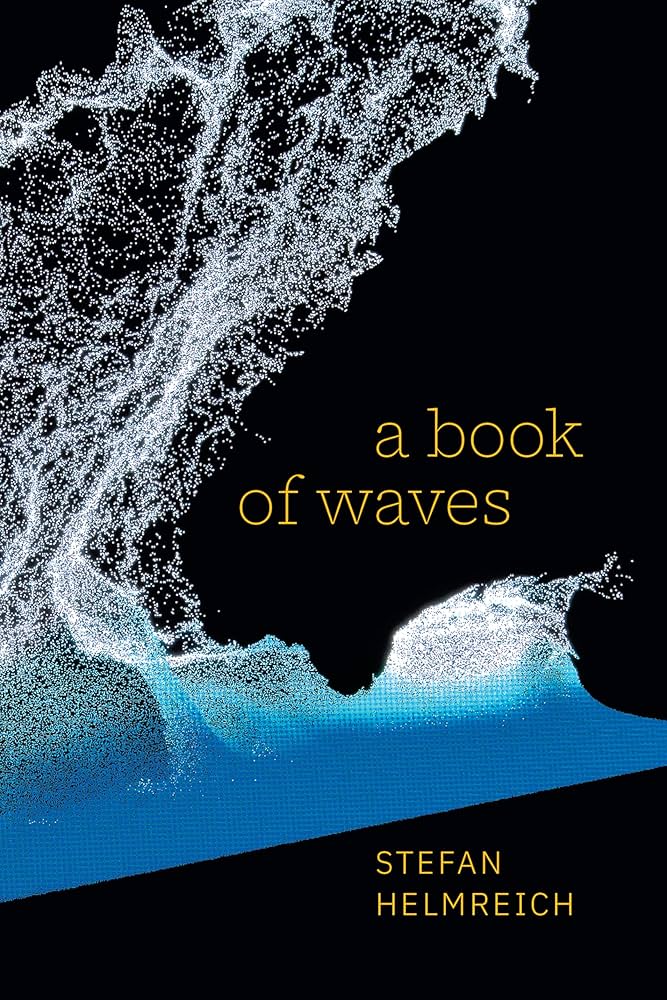Special Issue: Interventions and Intersections Postgraduate Conference 2023
Editorial
Hart Cohen
Western Sydney University
Welcome to the 2023 GMJ/AU postgraduate edition. Since the establishment of this journal, we have made a habit of publishing our postgraduate student submissions from the School of Humanities and Communication Arts annual ‘Interventions and Intersections’ Postgraduate Conference, as we sense that the publication of these research presentations is an important stage in the postgraduate journey. For those pursuing a postgraduate degree, undertaking a conference presentation is no doubt a huge challenge; proceeding towards and realising the publication of one’s work is an indispensable experience to gain for future work in academia. Our postgrad conference grows in size, diversity and intellectual acuity with high levels of original research in all knowledge modalities that are found in the School.
2023 was the 15th anniversary (2008-2023) of the founding of Interventions and Intersections. With co-founder Dr Rachel Morley, we were invited to recall our early days of the conference and the then postgraduate students and their research interests. In some ways it feels like it has been a long journey to this record of the 2023 conference, but one that we hope will continue for some time to come.
Hart Cohen
Editor, Global Media Journal/Australia Edition
Guest Editorial
Simon Burrows
Western Sydney University
Myra Gurney
Western Sydney University
This issue of Global Media Journal – Australian Edition celebrates once again the richness and depth of postgraduate student research in Western Sydney University’s School of Humanities and Communication Arts (SoHCA). The articles presented here all began life as conference papers in November 2023 at the School’s annual postgraduate student conference, Interventions and Intersections: Traversing the Unknown. The 2023 conference, the 15th in the series, built on a long tradition of collaborative cutting-edge interdisciplinary research strength within the School, whilst also showcasing disciplinary excellence. The 2023 conference was also the biggest to date, attracting some 42 student papers across 15 panels, and is a tribute to the strength and diversity of research among the current research cohort. Reviewing the program, the editors had no hesitation in offering this journal as a publishing venue for our student presenters, the fifth time we have done so. Those papers we have chosen to publish here were submitted in response to a call to presenters and have been through a rigorous peer review and selection process. Inevitably, that approach means we have had to be selective in what we chose to publish, and whilst congratulating the authors of those we have included, especially those for whom it is a debut refereed publication, we also want to thank and encourage all those whose submissions were not successful on this occasion.
The theme chosen by the 2023 conference committee, ‘Traversing the Unknown’, was intended to highlight the challenge and novelty of arts and humanities research, as well as the research student experience. At a moment where policymakers and the economic realists seem to view education and research increasingly in terms of outputs, and students are being pressured to complete higher degrees to truncated time limits, the 2023 theme reminds us that research is always speculative and open-ended in the sense that we cannot be sure what we will find and where it will take us. Moreover, the ways in which humanities and the arts illuminate the human condition are essential to living the good life, helping individuals achieve their potential, and defending our society and all its members against tyranny and oppression. These are themes that resonate across the contributions published in this issue.
Our opening article by Linda Aulbach is one of three contributions that addresses human emotions and desires, and how they can be manipulated. It explores the increasingly urgent ethical, philosophical and practical issues around the use of empathic artificial intelligence (AI), which models human emotional responses, and particularly the emergence of sex robots (‘erobots’). Raising fundamental questions about the nature of our humanity and human relationships, Aulbach’s study also highlights the intensely positive experiences reported by many users of sexual chatbots and related services. Many survey respondents quoted in the article claim their connections with erobots were deeper and more rewarding than their human relationships, and some claim that they saved or enriched human marriages and lives. At the same time, the article offers a typology of robot-human interactions based around the potential emotional intensity of AI responses available, to highlight the looming dangers of emotional harm or manipulation arising from human-robot connection, as well as gaps in our present understanding. These would include the (for the moment) philosophical speculation whether there can be true (artificial) intelligence without an emotional component, and whether emotions — which science still struggles to understand — are the key component of consciousness.
Our second contribution, by Vanessa Campbell, also explores ways to connect, but focuses on small and under-resourced community not-for-profit (NFP) organisations. She asks how can such organisations reach out effectively to their local stakeholders in a social media and algorithmic landscape dominated by commercial concerns and well-resourced corporations? Drawing on Excellence Theory, Schoenmaker’s Engagement Framework, and employing Netnographic methods ‘to understand communication and cultural experiences in online environments’, Campbell is setting out to build a framework for NFPs in Western Sydney to develop effective online engagement and audiences, building the trust, dialogue and relationships on which such organisations depend. In particular, she stresses that smaller not-for-profit organisations, whose employees and volunteers frequently lack advanced social media knowledge and skills, have generally used social media for one-way communication with their communities, more effective engagement and community building requires strategic use of two-way social media communication. Given the increasing importance of social media to all areas of communication strategy, this is an important area of research.
In contrast, Christine Le’s article concentrates on more traditional news media, in particular the way that framing of mediated or translated stories can impact the narratives that they tell. Exploring different framing strategies, she cites examples of how news stories, including coverage of COVID as a Chinese disease, have been framed, particularly in the Murdoch press, to manipulate emotions and mobilise opinion. By bringing a translation studies perspective to mass media studies, she reminds us that commercially mediated news is not only a selective representation of reality, but also has the power to (re)define reality and our lives. This is a theme that dovetails with the final article of this edition by Stefani Delagiannis on Nazi propaganda.
On a more positive note, Adrijana Tomovic’s article on higher degree students’ multiliteracy skills seeks to provide answers to a pressing problem in Australian universities. Tomovic reminds us that higher degree studies in any discipline require a diverse and (given the IT revolution) expanding portfolio of skills that Australian institutions have often taken for granted. The need for training for higher degree students is now increasingly acknowledged, but in practice, as she reveals, the problem has often been envisaged in terms of basic literacy skills and as an issue primarily for overseas students. Institutional responses have tended to be piecemeal, and rather than provide bespoke training for postgraduates, much support has been in the form of generic writing classes designed for undergraduates. Fortunately, attitudes across the sector are now changing, and Tomovic points to some examples of best practices and makes a series of key recommendations to address postgraduate student support needs at an institutional level.
Our final student contribution by Stefani Deligiannis uses a history of the emotions approach to explore early Nazi-era propaganda through two films by Leni Riefenstahl, Triumph of the Will and Olympia. In the current moment of democratic crisis, when once again authoritarian demagogues are using emotional and simplistic populist appeals, frequently involving vilification and scapegoating of vulnerable communities to mobilise support in both Western and non-Western societies, her investigation of how Nazi propaganda succeeded in casting a spell over many Germans feels strangely topical. The emotional appeal of the Nazis was based, she reminds us, on the exploitation or manipulation of existing sentiments arising from a sense of crisis and national shame and humiliation in the aftermath of defeat in World War I. These sentiments, together with the idealisation of race and deep-seated European antisemitism, made many German men and women receptive to the promises of political salvation and protection that Hitler is shown to embody in The Triumph of the Will and the Arian masculinist aesthetic celebrated in Olympia. As democrats and progressives around the world seek to understand and respond to recent events at the ballot box in a growing list of countries, including Australia’s close ally, the United States, it is to be hoped that by dissecting the emotional impact of Nazi propaganda, and how it built on a shared sense of crisis, betrayal, alienation, humiliation and shame, studies such as this might help point to an eventual antidote to the appeal of authoritarian rhetoric.
Our edition is rounded out with a series of book reviews that further resonate with many of the themes explored in the postgraduate papers: the role of media in initially framing and ultimately exposing a flawed military hero in Victoria Cross recipient Ben Roberts-Smith (Crossing the Line by journalist Nick Mackenzie); expositions on the role of Australia’s media moguls in the diminishing public trust in journalism (The Men Who Killed the News by former Crikey.com editor Eric Beecher), and broad historical perspectives from US history on the rise of Donald Trump and fascism broadly (The Forever War by former BBC correspondent Nick Bryant and Repeat by Denis Glover). Our final book review (A Book of Waves by Stefan Helmreich) flips Carl Schmitt’s (2015) notion of the sea as an empty void, arguing instead that waves are like texts: messengers, characters, and narratives all rolled into one: portents of things to come.
Finally, our longstanding Australian Media Monitor contributor, Tim Dwyer, provides an update on the ongoing attempts by the Albanese Labor government to deal with the challenges of the evolving media landscape by attempting to regulate the supremely concentrated Australian media landscape now additionally impacted by the power of the US social media giants Meta and X in particular. In the climate of the government’s recent directive preventing under-16s from accessing social media, Tim’s expertise in this area is always greatly appreciated.
We also wish to thank the student conference organising committee, its academic co-chair, Karena de Pertuis, and organiser Melinda Jewell for their input into the conference program and making it happen, as well as GMJ editor, Professor Hart Cohen, for agreeing to this special edition. We are also grateful to the Acting Dean of the School of Humanities and Communication Arts, Distinguished Professor Anthony Uhlmann, and his predecessor, Professor Matt McGuire (now of the University of Sydney), for their ongoing support of both the postgraduate conference and this journal. We also acknowledge our GMJ “intern” Sam Hoballah, who worked on the web version of the journal. It has been an immense pleasure and privilege to work with our postgraduate students on this special edition and to showcase the diversity, intellectual depth and pressing relevance of work being conducted by students across our School.
Simon Burrows and Myra Gurney
Guest Editors
About the Guest Editors
Simon Burrows is Professor of History and Digital Humanities at Western Sydney University and served as academic co-chair of the organising panel of Interventions and Intersections: Traversing the Unknown’. An historian of the Enlightenment and the French Revolutionary era, he is best known for his work on eighteenth-century journalism, as well as his award-winning digital work on the French book trade. His most recent publications include Digitizing Enlightenment 2020), which he co-edited with Glenn Roe and more recently, a significant chapter in Digital Humanities in the India Rim: Contemporary Scholarship in Australia and India (edited by Cohen, Jana & Gurney, 2024).
Myra Gurney is a Senior Lecturer in Professional Writing, Communication and Media in the School of Humanities and Communication Arts at Western Sydney University, Australia. Her PhD research into the Australian political response to climate change has been published in several books and journals including Global Crisis: Media, War, Climate, and Politics (Kamalipour & Pavlik, Eds, 2023). Dr Gurney has co-authored (with Dr Ray Archee) a foundational communication textbook, Communicating as Professionals (2024, 4e, Cengage) and co-edited (with Professors Hart Cohen and Ujjwal Jana) Digital Humanities in the India Rim: Contemporary Scholarship in Australia and India (2024). She is a foundation member of the editorial panel of Global Media Journal Australia (2007–present).
Postgraduate Submissions
-
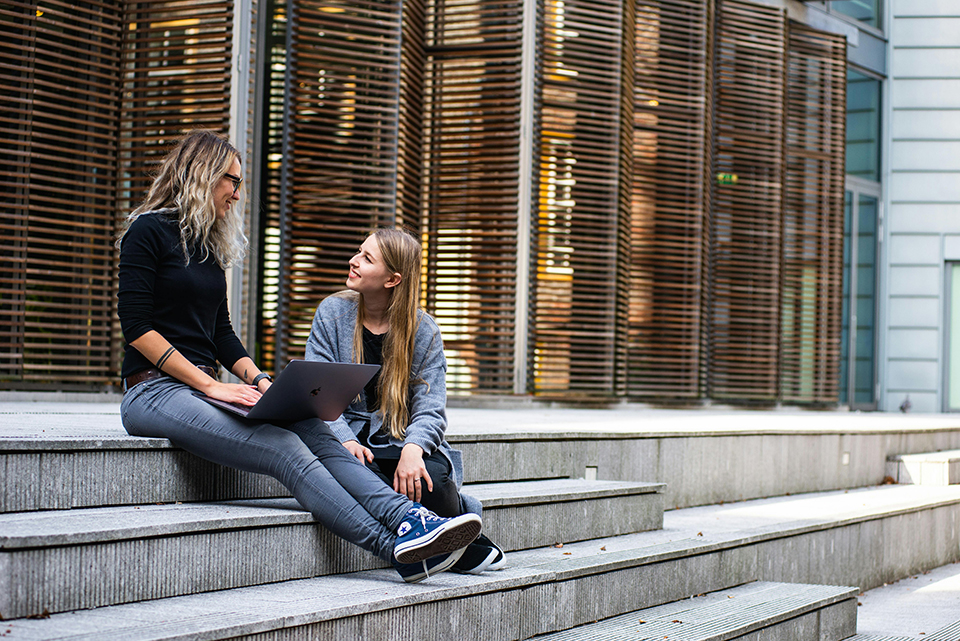
Multiliteracy skills of Australian Higher Degree Research Students: Current situation and future prospects
Adrijana Tomovic
Read Abstract Read Article
Western Sydney University

What happens when humans fall in love with robots? Exploring the impact of empathic Artificial Intelligent applications
Linda Aulbach
Read Abstract Read Article
Western Sydney University

Getting through to your audience: Helping not-for-profits increase dialogue with stakeholders
Vanessa Campbell
Read Abstract Read Article
Western Sydney University

Exploring the framing effects in mediated or translated news narratives
Christine Le
Read Abstract Read Article
Western Sydney University
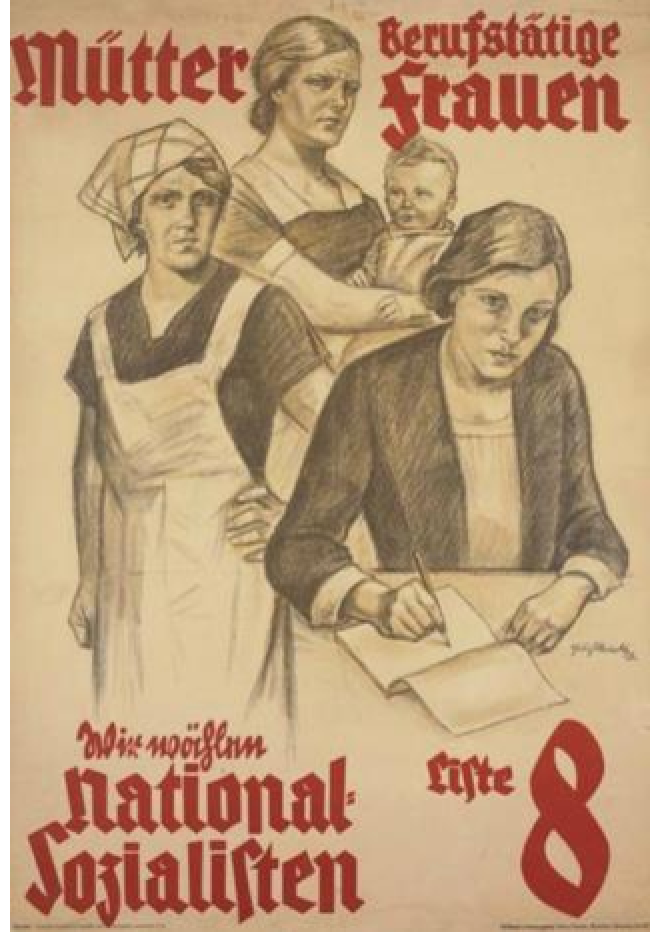
Emotional strategies in Nazi propaganda films: Two case studies
Stefani Deligiannis
Read Abstract Read Article
Western Sydney University
Book Reviews
-
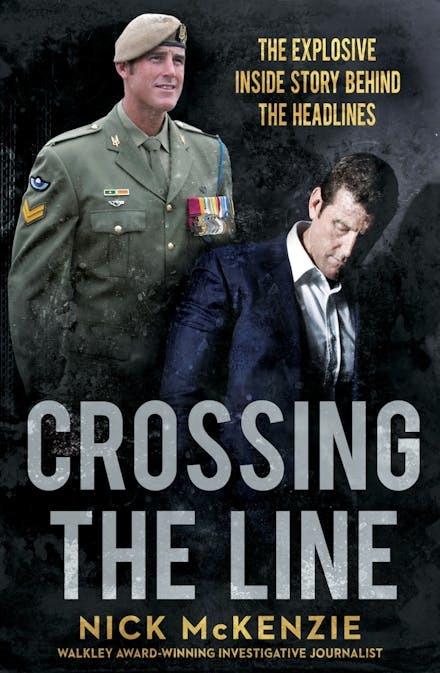
Crossing the Line: The Inside Story of Murder, Lies and a Fallen Hero
Bridget Brooklyn
Read Review
Western Sydney University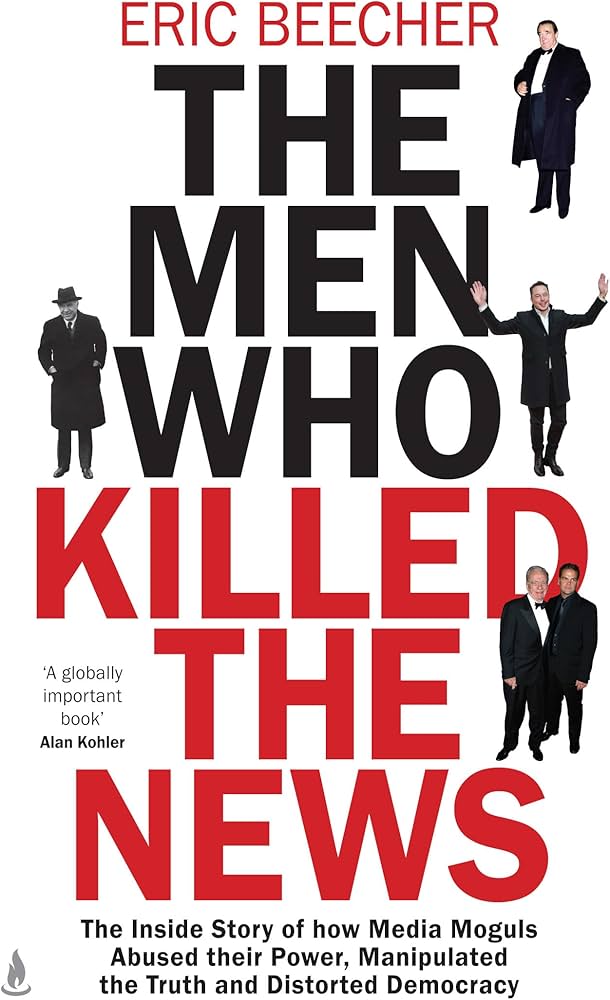
The Men Who Killed the News: The Inside Story of how Media Moguls Abused their Power, Manipulated the Truth and Distorted Democracy
Lynette Sheridan Burns
Read Review
Western Sydney University
The Forever War: America’s Unending Conflict with Itself
Myra Gurney
Read Review
Western Sydney University

